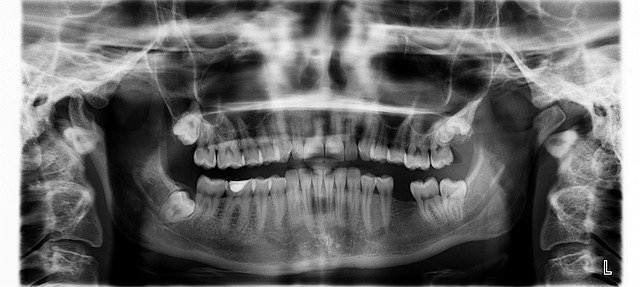Understanding Bipolar Patterns Through a Simple Self-Check
Mood changes can sometimes feel random—but tracking shifts in energy sleep and focus may reveal patterns worth discussing with a professional. This overview outlines key signs timelines and considerations that may help clarify possible symptoms of bipolar disorder.

This article is for informational purposes only and should not be considered medical advice. Please consult a qualified healthcare professional for personalized guidance and treatment.
What Does a Bipolar Self-Test Typically Include?
A bipolar self-test usually consists of structured questions exploring various aspects of mood and behavior. These assessments typically examine patterns of depression, elevated mood states, and changes in energy levels. Questions often focus on sleep patterns, decision-making ability, concentration levels, and social interactions. Most tests use a rating scale allowing individuals to indicate the frequency or severity of specific symptoms.
How Do Test Questions Evaluate Mood Patterns?
Test questions are designed to identify distinct periods of mood changes characteristic of bipolar disorder. They commonly explore:
-
Episodes of unusual excitement or irritability
-
Periods of decreased need for sleep
-
Racing thoughts or rapid speech
-
Increased goal-directed activities
-
Changes in risk-taking behavior
These questions help establish whether symptoms occur in patterns rather than as isolated incidents.
What Signs Might Appear in Test Results?
Key indicators that may emerge from test results include:
-
Cyclical patterns of mood changes
-
Periods of excessive energy alternating with low motivation
-
Significant changes in sleep patterns
-
Shifts in productivity levels
-
Variations in social engagement
These patterns, when documented over time, can provide valuable information for healthcare providers.
How Should One Prepare for Taking a Mental Health Test?
Proper preparation ensures more accurate results:
-
Choose a quiet, private environment
-
Set aside adequate time without interruptions
-
Have a journal or calendar nearby to reference dates
-
Be honest about symptoms and their impact
-
Consider recent life events that might influence responses
Maintaining a mood diary for several weeks before taking the test can provide helpful context.
What Role Does Timeline Analysis Play?
Reviewing patterns over time is crucial for understanding potential bipolar symptoms. A comprehensive self-test often asks about:
-
Duration of mood episodes
-
Frequency of mood changes
-
Impact on daily functioning
-
Seasonal patterns
-
Triggers and life events
This historical perspective helps differentiate between normal mood fluctuations and possible bipolar patterns.
How Should Test Results Be Tracked and Monitored?
Several reputable organizations offer free or low-cost bipolar screening tools:
| Organization | Test Type | Features |
|---|---|---|
| Depression and Bipolar Support Alliance | Online Screening | Free, confidential, immediate results |
| Mental Health America | Mood Disorder Questionnaire | Research-validated, printable results |
| National Alliance on Mental Illness | Interactive Assessment | Includes resource connections |
Tracking results over time can reveal important patterns and changes. Regular monitoring through these tools, combined with professional guidance, provides the most comprehensive approach to understanding potential bipolar symptoms.
Remember that while self-tests can be informative, they are not diagnostic tools. Any concerning results should be discussed with a qualified mental health professional who can provide proper evaluation and guidance for treatment if needed.




